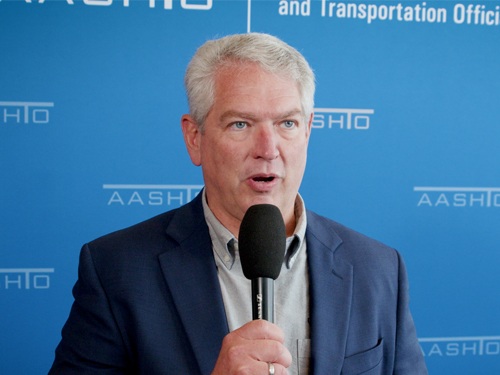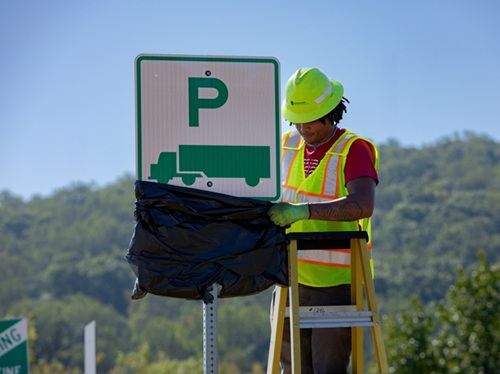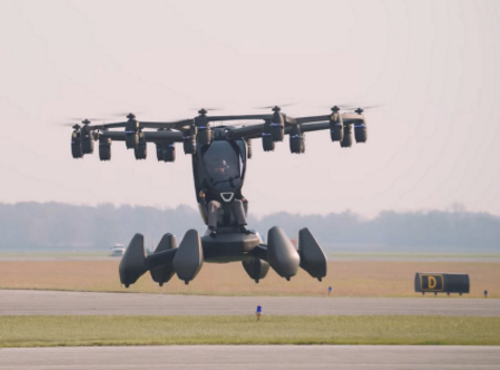A bill passed on November 4 by the House of Representatives seeks to form an “interagency working group” to help further the growth of advanced air mobility or AAM: an emerging sector of the aviation industry that uses “specialized vehicles” to transport people and cargo between places previously not served by aviation, including both urban and rural areas.
[Above image via DriveOhio]
Called the “Advanced Air Mobility Coordination and Leadership Act” and originally introduced in February sponsored by Rep. Sharice Davids, D-Kan., and Rep. Garret Graves, R-La., the bill tasks the U.S. Department of Transportation with creating this AAM interagency working group.
The bill also directs USDOT to “plan and coordinate” efforts related to the safety, infrastructure, physical security, cybersecurity, and federal investment necessary to bolster a national “AAM ecosystem.”
[Editor’s note: The latest episode of “The Loop,” a weekly video news program created the Ohio Department of Transportation, spent some time at the 2021 Ohio Advanced Air Mobility Showcase to highlight some of the new types of aircraft under developed for this burgeoning sector.]
That “ecosystem” includes everything from cargo-carrying drones to passenger-carrying electric vertical take-off and landing or eVTOL aircraft.
Rep. Davids pointed to a Deloitte consulting firm report issued in January that AAM should grow into a $115 billion market by 2035, creating more than 280,000 high-paying jobs in the U.S. alone.

“By facilitating the coordination of government and industry, this bill will help harness the potential of this rapidly developing and transformative technology for the benefit of American industry,” she said in a statement.
“Kansas was once the center of aviation manufacturing in the country, and we are still home to a significant and skilled aviation workforce,” Rep. Davids added.
“That means we are especially primed to harness the huge economic and transportation potential of advanced air mobility—but we can’t wait for it to come to us,” she said.

[Editor’s note: The Kansas Department of Transportation is one of three state DOTs participating in a drone research initiative launched by the USDOT in 2020 dubbed the BEYOND program. That program builds upon USDOT’s three-year long Unmanned Aircraft Systems Integration Pilot Program (UAS IPP) that wrapped up in October 2020; a program in which the Kansas DOT also participated.]
“This bill is a game changer for how we develop new transportation options, help with the future ways we move goods, and create new jobs,” added Rep. Chase.
“The time is fast approaching for ways the federal government will have to plan for new and emerging aviation technology which could positively disrupt existing ways of life,” he said.
“We should be taking the steps now to mitigate and integrate the benefits, instead of waiting for the positive disruption caused by future technology, and ensuring our existing transportation and infrastructure systems have the right preparation,” Rep. Chase noted.
 Nation
Nation
WVDOT Profiled in Latest State DOT 2-Minute Update
October 10, 2025 Nation
Nation

